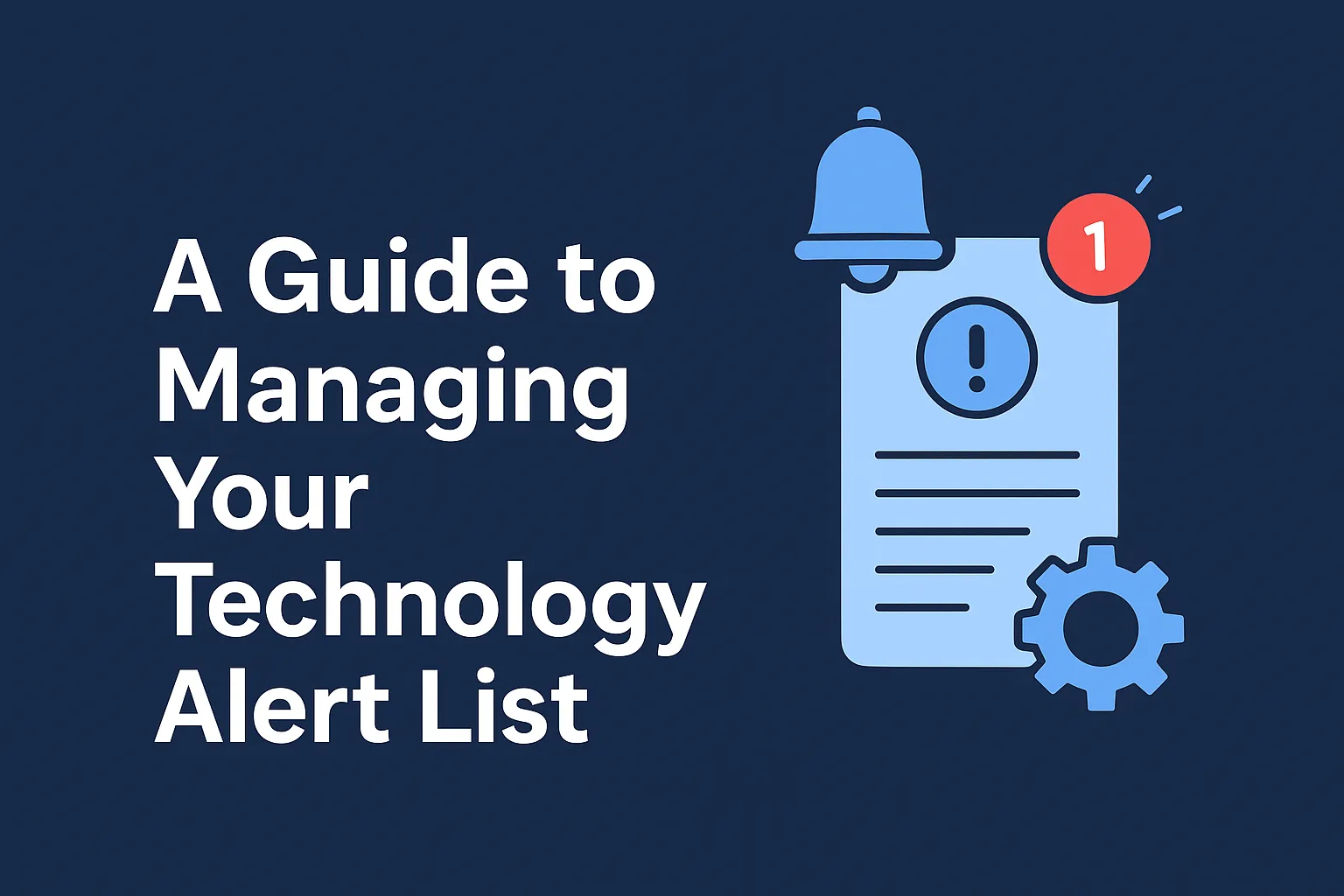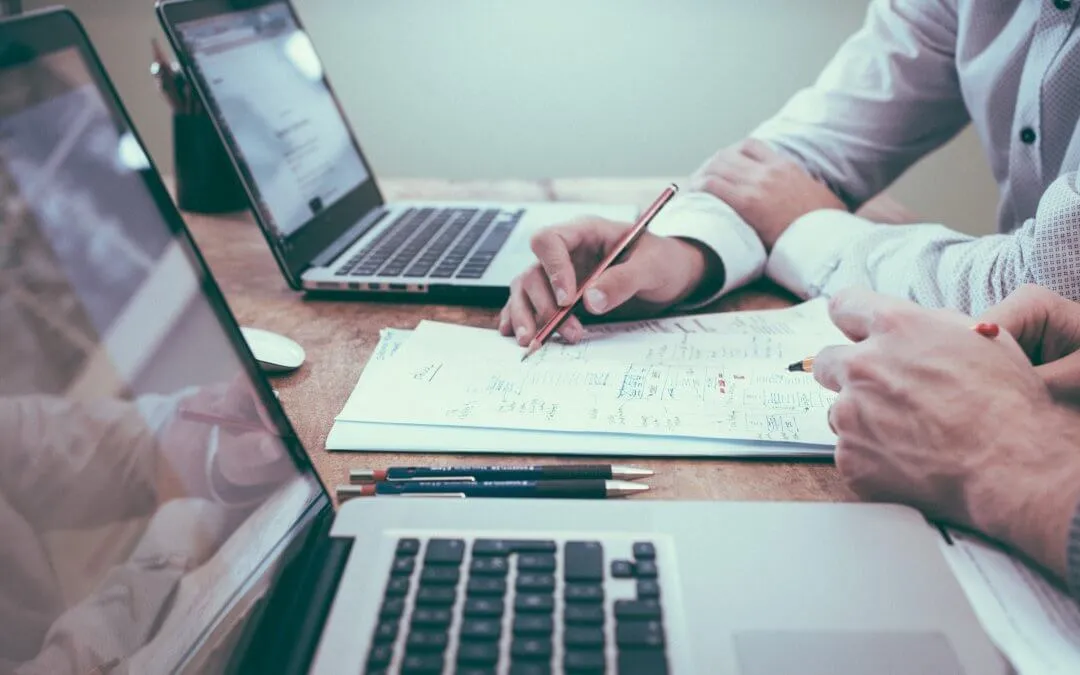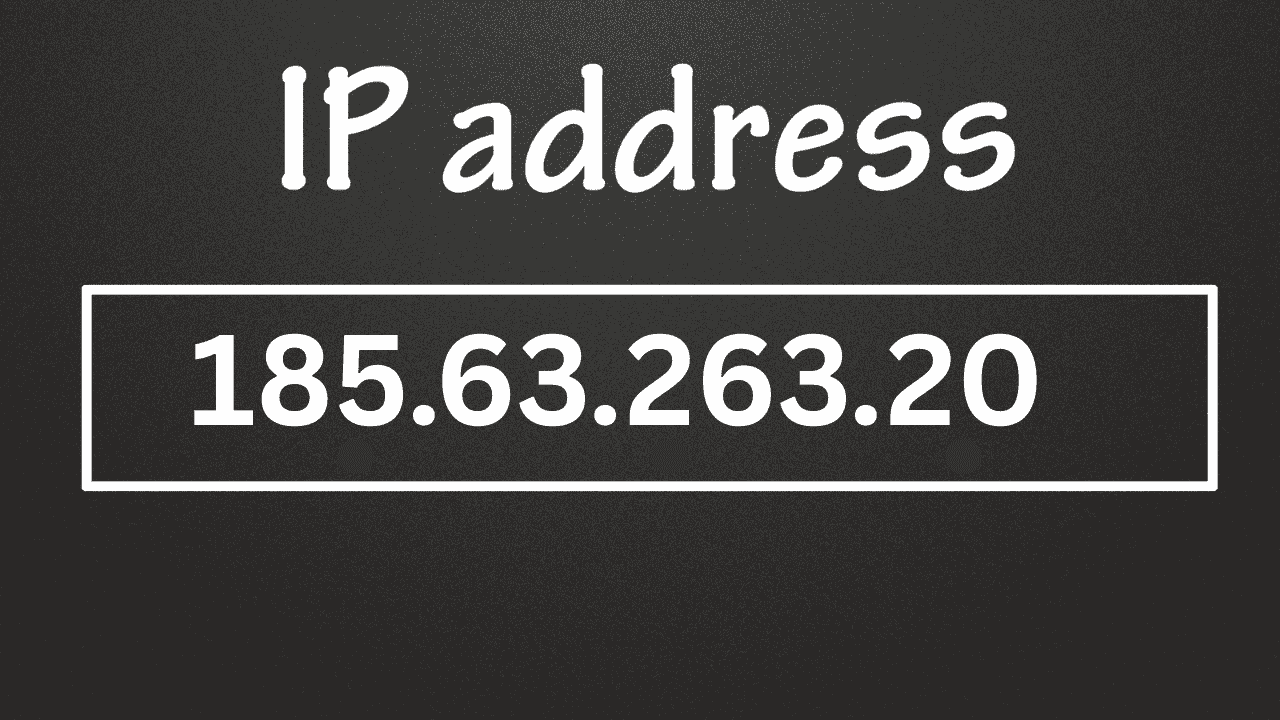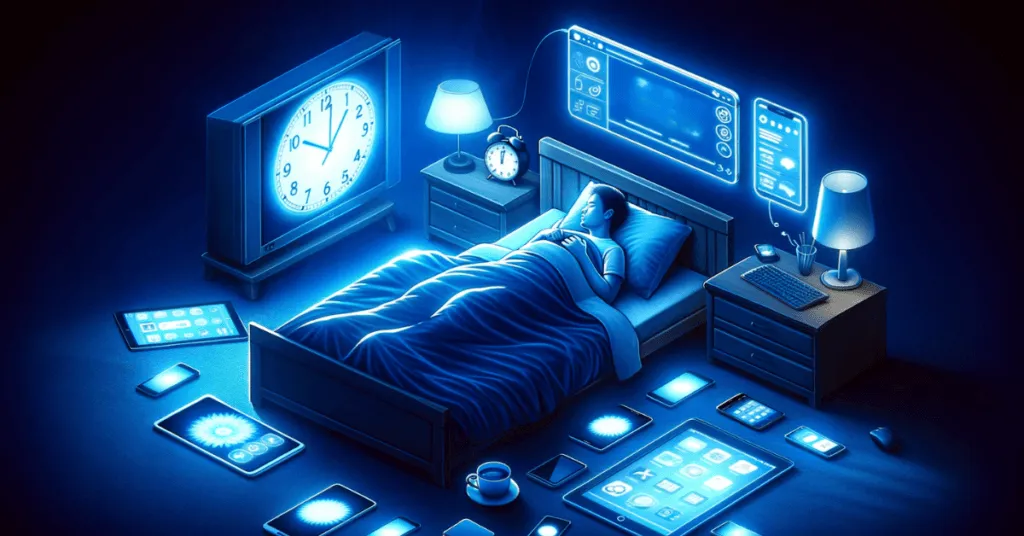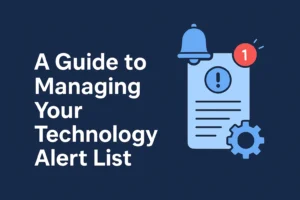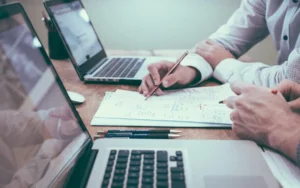Most individuals remain unaware of the bonding force between Technology and Sleep Health. The identification of technology-based sleep pattern effects helps people create improved technology scheduling methods that deliver higher rest quality benefits.
Technology serves as the dominant factor in people’s daily routines throughout our contemporary digital world. Screens follow us through the entire day since we carry smartphones and use laptops from the start of the day until night. Technological advantages created through various devices have caused worry about their adverse effects on sleep periods. Sleep health and technology form an intricate delicate connection which many people fail to recognize. This document investigates the impact technology devices have on sleep patterns while exploring protection strategies for sleep health that do not require technology elimination. Summer Clover Cheat Engine: Boost Your Gameplay Today!
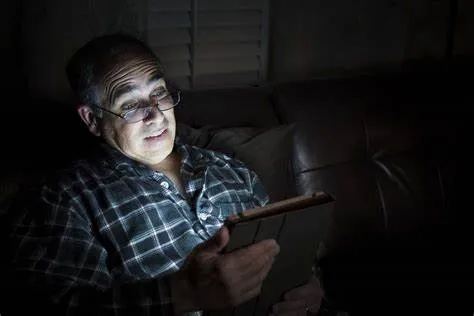
nderstanding the Connection Between Technology and Sleep Health
Technology maintains a deeper relationship with sleep health than most people have acknowledged. Both screen exposure and our media consumption habits and technological behaviors negatively affect our sleep patterns. Research shows electronic device usage right before bed causes delayed sleep time together with inferior sleep quality which results in potential long-term medical concerns.
The blue light which comes from screens dims the body’s melatonin production that controls our sleep pattern. The brain receives false signals because of this suppression which prevents it from establishing sleepiness since it believes that daytime still exists.
The brain stays active from interesting content which includes digital media platforms and video games and streaming television shows thereby postponing the body’s sleep regulation.
How Technology Affects Sleep
Let’s break down the major ways Technology and Sleep Health interact:
1. Blue Light Exposure
Blue light from phones, tablets, and computers impacts the circadian rhythm, the body’s internal clock. When your circadian rhythm is disturbed, falling asleep becomes difficult, and staying asleep may become even harder.
2. Mental Stimulation
Exciting or stressful content can overstimulate the mind, making it difficult to relax. Whether it’s reading work emails, playing intense video games, or scrolling through social media, the brain stays alert longer than it should.
3. Interrupted Sleep Patterns
Notifications, buzzing, and screen glows can disturb sleep even after falling asleep. Constant alerts trigger micro-awakenings, fragmenting deep, restorative sleep cycles.
4. Reduced Melatonin Production
As mentioned, light from screens can suppress melatonin levels, causing insomnia and leading to a delayed sleep phase.
5. Psychological Dependency
Technology use before bed can become a habit, making it psychologically difficult to sleep without it. This dependency further weakens natural sleep signals.
Research Studies on Technology and Sleep Health
Several scientific investigations have demonstrated the hazardous effects of nighttime screen consumption:
- A study from Harvard Medical School demonstrated that people using electronic readers for nighttime reading would enter sleep about 10 minutes after those reading printed materials.
- Research by National Sleep Foundation indicates that 90% of Americans look at electronic devices during their last hour of night while sleep disorders show rising patterns accordingly.
- The 2019 Sleep Research Study demonstrated that excessive smartphone usage leads teens to experience reduced sleep times and inferior sleep quality as compared to lesser usage routines.
Research demonstrates we should treat Technology’s relationship with Sleep Health as a vital study.
Populations Most at Risk
Several population groups demonstrate increased susceptibility to the negative influence of technology on their sleeping patterns:
- Teenagers together with young adults exhibit high screen use among social media and video games.
- Shift workers: Rely on artificial light during irregular sleep schedules.
- Remote workers: Increased exposure to computers throughout the day.
- People who play games face both intense mental challenges and display screen use during evening hours.
Identifying which groups face the highest risk allows for developing specific strategies that will enhance sleep health.
Symptoms of Technology-Related Sleep Problems
Identify the below symptoms to determine if technology impacts your sleep patterns:
- Difficulty falling asleep
- Frequent nighttime awakenings
- Feeling groggy or unrested in the morning
- Headaches or eye strain
- Mood swings and irritability
- Difficulty concentrating during the day
Recognizing these symptoms early allows for quicker interventions to restore better sleep health.
How to Reduce the Negative Impact of Technology on Sleep
Since discovering the concealed threats we can start working on remedies. This part introduces effective methods that protect your Technology and Sleep Health:
1. Implement a Digital Curfew
Deadlines should exist for screen usage which must end sixty minutes earlier than sleep time. During this time period engage in low-technology relaxing tasks which include using a book for reading along with journaling or meditation practices.
2. Use Blue Light Filters
Most electronic gadgets today contain built-in blue light filter options which minimize hazardous blue light exposure. The combination of blue light blocking glasses with their protective benefits strengthens the defense of your eyes and circadian system.
3. Turn Off Notifications
Turn off all system notifications by enabling “Do Not Disturb” mode when you want to sleep. Your sleep cycle stays uninterrupted by using this method which optimizes your deep rest period duration.
4. Create a Sleep-Friendly Environment
All electronic devices should be banned from the bedroom area. Your bedroom serves as an electronics-free area so that you can link it solely with homebase activities and relaxation.
5. Opt for Alternative Activities
Switch away from phone scrolling because you have better sleep-inducing choices at hand:
- Gentle yoga
- Listening to calming music
- Practicing mindfulness
- Taking a warm bath
Activities that increase melatonin production lead your mind to prepare for rest.
6. Set Healthy Tech Boundaries
Draw strong limits to establish your usage of technology along with its specific timings. For instance:
- No phones during meals.
- Limited screen time two hours before bed.
- Scheduled “tech-free” weekends.
Establishing well-defined technological usage constraints allows people to direct their attention better while improving their sleep conditions.
Positive Aspects: Can Technology Help Sleep Too?
New technologies serve as sleep aids when people utilize them correctly.
- Sleep Apps: Apps like Calm and Headspace offer guided meditations and sleep stories.
- White Noise Machines: Tech-based white noise generators mask disruptive sounds.
- Smart Alarms: Devices that wake you during lighter sleep phases, making mornings easier.
- Wearable Trackers: Fitness trackers that monitor sleep cycles help you understand and improve sleep patterns.
The right management of Technology and Sleep Health results in a constructive relationship between them.Summer Clover Cheat Engine: Boost Your Gameplay Today!
Future Trends: How Technology is Evolving for Better Sleep
Companies are increasingly focusing on developing technology that promotes good sleep instead of disrupting it. Some exciting innovations include:
- Smart Mattresses: Adjust firmness and temperature based on your sleep stages.
- Light Therapy Devices: Mimic natural sunrise and sunset patterns to regulate circadian rhythms.
- AI Sleep Coaches: Personalize sleep plans based on daily activity and biological data.
- Home Automation Systems: Automatically dim lights and lower noise levels at bedtime.
As technology becomes smarter and more health-oriented, the future of Technology and Sleep Health looks promising.
Final Thoughts
The hidden link between Technology and Sleep Health is more impactful than many people realize. While technology has revolutionized our lives, it has also introduced new challenges to our natural sleep patterns. Recognizing the effects of blue light, mental stimulation, and screen addiction is crucial for maintaining good sleep health.
However, by setting boundaries, creating tech-free zones, using sleep-enhancing apps, and being mindful about our habits, we can strike a balance. Technology doesn’t have to be the enemy of good sleep — with the right strategies, it can even become a powerful ally.
In the end, nurturing your sleep health is one of the best investments you can make for your overall well-being. Start small, stay consistent, and watch how better sleep transforms your life.
